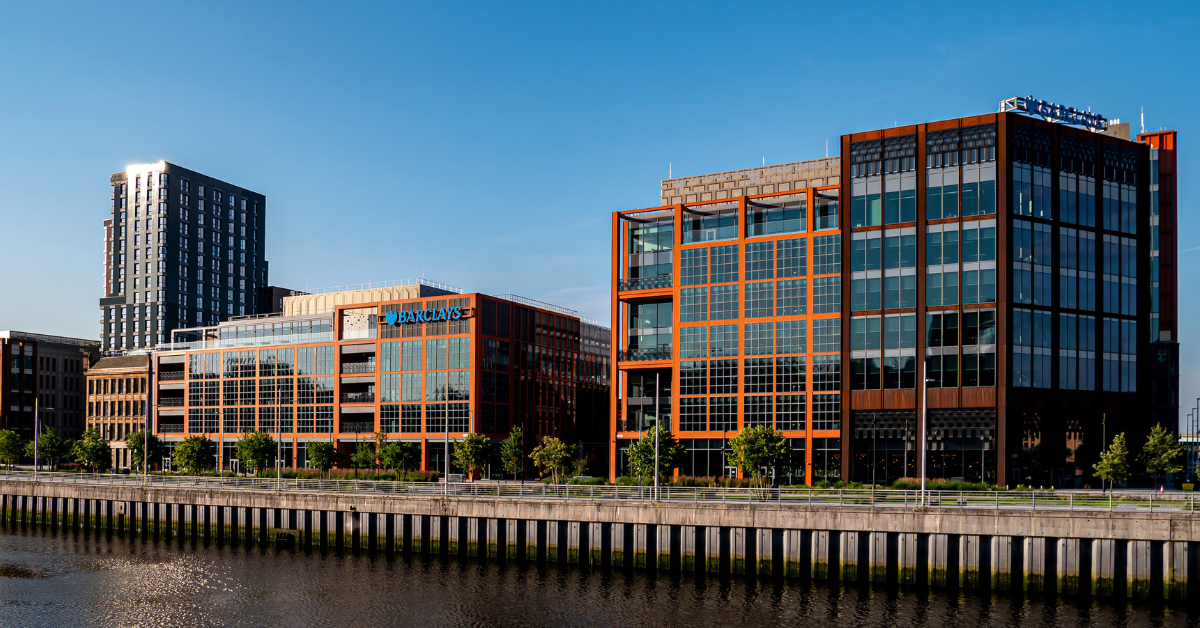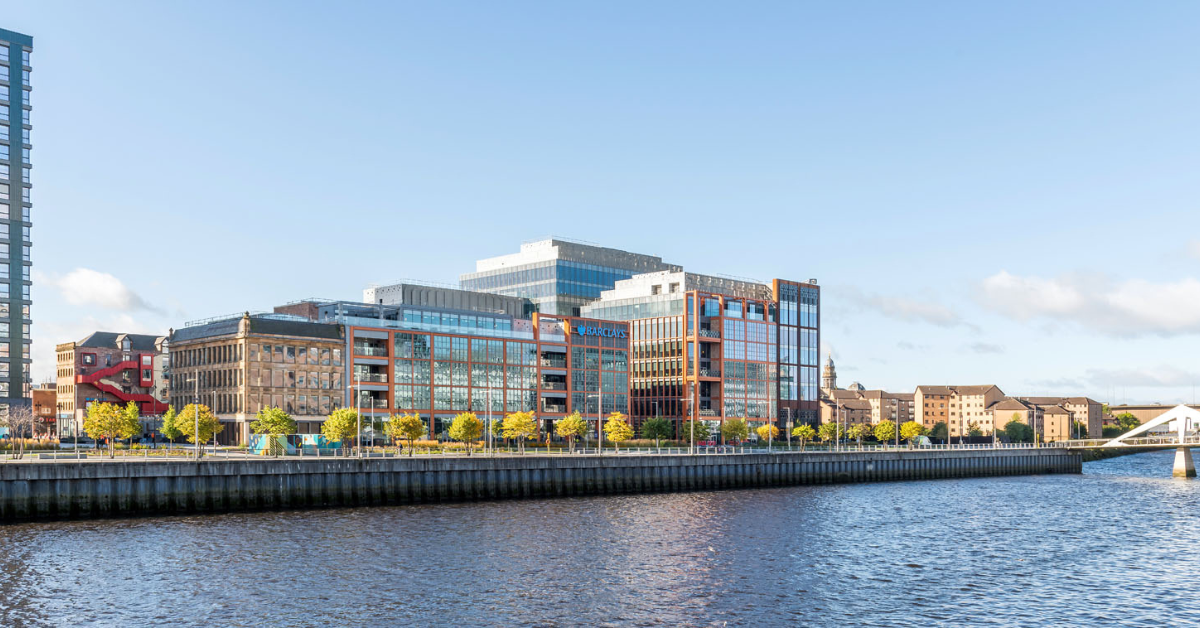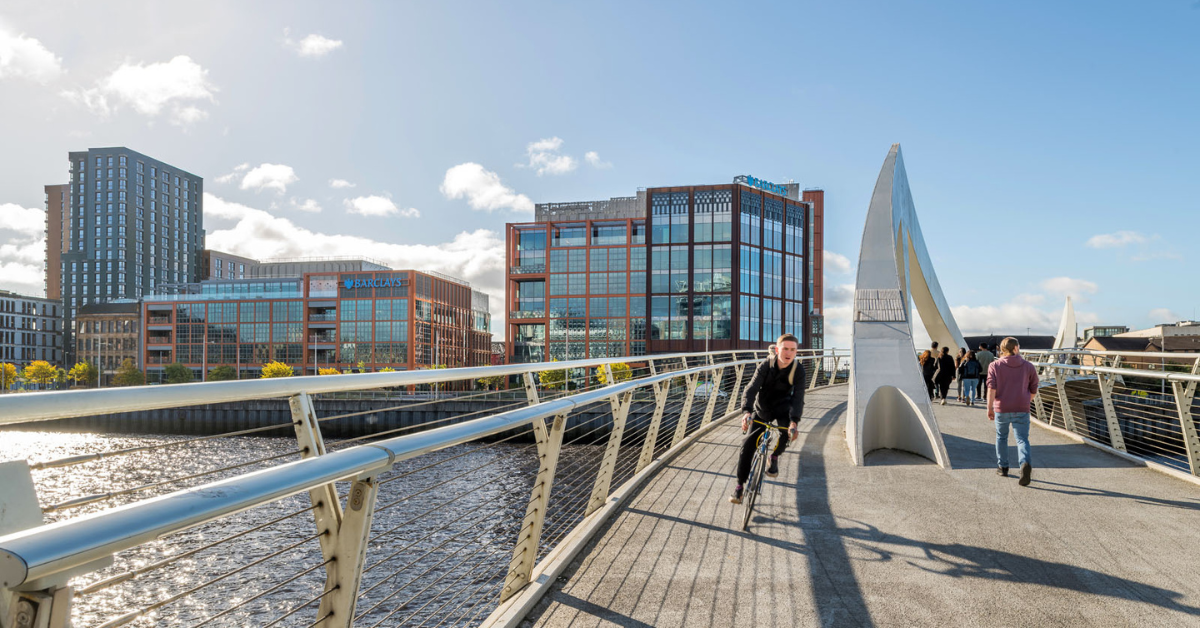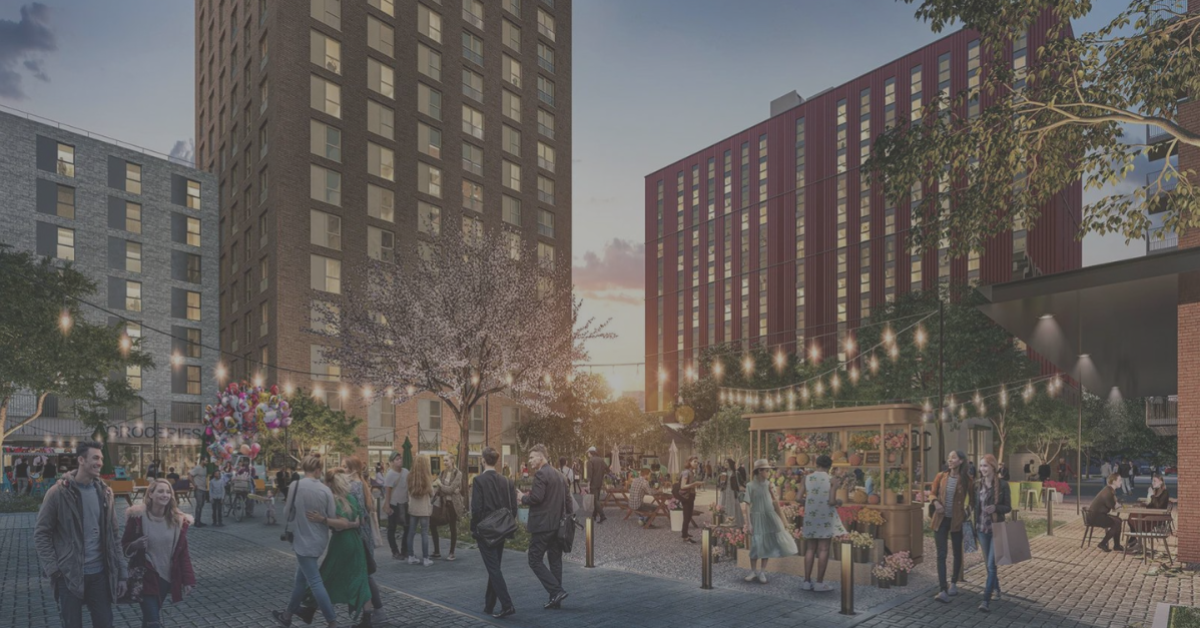News
The New Era for Sustainable Building and Net Zero Carbon
BREEAM V7: The New Era for Sustainable Building and Net Zero Carbon
WWith BREEAM Version 7 on the horizon, it brings a refreshed approach to sustainability standards across the built environment.
As part of this rollout, the new BREEAM Residential Manual is set to launch on the 16th April 2025, introducing key updates to criteria, evidence requirements, and a major revamp of how life cycle assessments and embodied carbon are handled.
BREEAM (Building Research Establishment Environmental Assessment Method) is the world’s longest-established method of assessing, rating, and certifying the sustainability of buildings and has been a cornerstone of sustainable building certification since its inception in 1990. Developed by the Building Research Establishment (BRE) in the UK, BREEAM sets the standard for best practice in sustainable design, construction, and operation across a range of building types. The assessment covers key categories such as; Energy, Water, Health & Wellbeing, Materials, Waste, Pollution, Transport, Land Use & Ecology, Managment and Innovation.
By awarding ratings, BREEAM helps developers, designers and building owners benchmark and improve environmental performance, reduce costs, and demonstrate their commitment to sustainability and ESG principles.
Launching in 2025, BREEAM Version 7 realigns BREEAM’s criteria with global best practices and net zero ambitions, placing Whole Life Carbon and energy performance at the center.
This update further strengthens BREEAM’s role in demonstrating genuine sustainability across a building’s lifecycle, from early design to post-construction. It introduces new minimum standards, revised weightings, and a clear emphasis on reducing both operational and embodied emissions. Some of the key changes in BREEAM V7 regarding energy, carbon, and whole life cycle assessments are as follow:
BREEAM V7 aligns with the latest science and global sustainability goals by focusing on reducing emissions across operational, embodied, refrigerant, and transport sources. It’s aimed at supporting the transition away from fossil fuels, streamline the path to net zero and reward projects that demonstrate measurable carbon reductions. There are also new minimum standards for ‘Excellent’ and ‘Outstanding’ ratings, as they now require more comprehensive whole life carbon strategies.
The focus of energy-related credits shifts toward real-world performance outcomes, with increased flexibility in demonstrating compliance, the update introduces new energy performance benchmarks and promotes advanced operational energy modelling to better monitor and minimise energy usage. The new assessment issues include, but are not limited to:
- Ene 02 – Prediction of operational energy and carbon, encouraging early-stage modelling and third-party verification.
- Ene 04 – Low carbon design through emphasising building form optimisation over traditional passive design.
- Ene 07 – Flexible demand response, which is a new issue, modified to include all fixed building systems
- Ene 08 – Installed Controls, another new issue, which recognises smart controls for energy-efficient system operation.
These changes reflect modern decarbonisation strategies, and credits are reweighted to emphasise electrification and operational energy use.
Mat 01 has been completely overhauled to support a robust approach to embodied carbon, introducing three stages of LCA: concept, technical design, and post-construction. Credits are also now awarded based on performance against embodied carbon benchmarks, using BREEAM-recognised tools aligned with EN15978.
There is now also a minimum credit threshold for higher BREEAM ratings to reinforce the growing emphasis on early and accurate carbon reporting.
The ecology credits are now more closely aligned with biodiversity net gain goals, promoting developments that contribute positively to ecological value, with new requirements that promote sustainable site selection practices that minimise environmental impacts. The version 7 update also includes new benchmarks to align with the English Biodiversity Net Gain law and additional methodologies.
- Pol 01 considers the impact of refrigerants, and the criteria now mandates that all refrigerant gases have zero ozone depletion potential as a prerequisite, which highlights the importance of reducing direct greenhouse gas emissions from building operations.
- Pol 02 refers to local air quality, and within this update, more credits can be achieved for building with no onsite combustion, which further encourages a shift away from fossil fuel-based heating and cooling systems.
Version 7 also introduces a consistent methodology across schemes, such as New Construction, In-Use, Refurbishment & Fit Outs, therefore improving the alignment of metrics and rating boundaries. The latest version will also extend Whole Life Carbon coverage to additional areas, such as water consumption. This more holistic approach will help to close the performance gap, ensuring users are empowered to drive measurable sustainability outcomes across an asset’s full lifecycle.
- Wat 01 means that the water consumption calculator has been simplified, with benchmarks now based on water consumption figures. This revised scoring scale now recognises recycled water use, in turn, promoting better water management practices
This more holistic approach helps close the performance gap and empowers users to drive measurable sustainability outcomes across an asset’s full lifecycle.
Version 7 introduces key enhancements to the Health & Wellbeing category, with a stronger focus on occupant comfort and long-term wellbeing. New credits have been introduced that address advanced lighting controls and the non-visual effects of light, in turn supporting circadian rhythms and promoting healthier indoor environments.
Notably, Hea 01 Visual Comfort has been restructured to cover key elements such as glare control, daylight access, exposure to direct sunlight, and quality of views to the outside, all of which are increasingly linked to mental and physical wellbeing.
This section also includes updated considerations for indoor air quality and acoustic performance, aligning with industry-wide recognition that occupant health is becoming a core priority, not only for those using the space, but also for investors and developers aiming to futureproof their assets.
At Wallace Whittle, our growing ESG team integrates wellbeing strategies early in the design process, balancing occupant health with broader sustainability, energy performance, and building efficiency goals.
BREEAM Version 7 signals a clear strategic pivot toward decarbonisation, circularity, and performance-based outcomes. By embedding whole life carbon across the core assessment framework, V7 is positioned to be a key enabler for delivering net zero carbon buildings in practice, and not just intent.
Early-stage modelling and robust data collection are now not only encouraged, but essential to achieving top-tier BREEAM ratings. The shift in weightings and minimum standards also raises the bar. The reconfiguration of credits emphasises BREEAM’s increasing alignment with other industry accreditations like NABERS UK, also improves the interoperability and long-term tracking of carbon performance across an asset’s lifecycle.
BREEAM Version 7 represents a step towards a more holistic and performance-based assessment of buildings, and as we approach the official launch of the new Residential Manual on 16 April 2025, now is the time to assess how your upcoming projects align with these changes. Whether you’re preparing for registration or evaluating your route to certification, our Sustainability Team at Wallace Whittle is here to help you navigate BREEAM V7
Visit the BRE website for more on BREEAM V7
Have questions or ready to get started? Email our Sustainability Team at [email protected] to talk through your project.

Lucy Thomson
Principal Sustainability Consultant





